Your Cart is Empty
How to Make Your Salon Safe & Inclusive for Everyone
by Kirstyn Porter June 02, 2023 5 min read
0 Comments
June marks the beginning of Pride Month, a holiday created in honor of the Stonewall Uprising in 1969. Although originally a celebration day, Pride has evolved into a month-long celebration of the brave LGBTQ (lesbian, gay, bisexual, trans, queer/questioning) community.
One crucial part of pride is raising awareness about the ever-evolving social landscape surrounding LGBTQ+ rights. It’s essential to take a step back and examine how we, esthetics professionals, can do our part to positively contribute.
Unfortunately, our world has a long way to go with equality; but, the beauty industry has a great relationship with the community that provides us an amazing opportunity to set a precedent for inclusivity amongst businesses, like salons.
Table of Contents
What is Salon Inclusivity?
When we mention salon inclusivity we’re talking about making your salon a safe space for all people, with emphasis on the LGBTQ+ community.
Salon inclusivity creates a place for LGBTQ+-identifying people to receive the same services as cisgender heterosexual people, without having to worry that they’re being discriminated against.
In fact, salon inclusivity could also help many individuals embrace who they know they are and feel great about how they look…which is why many of us estheticians entered the esthetics industry to begin with!
ALSO READ:How To Become An Esthetician
Gender Affirming Services
As mentioned above, certain services have the ability to help people in their journeys with acceptance and instill confidence. Part of making your salon more inclusive is doing the work to become educated on what the beauty industry is overlooking.
One of the things many people in the LGBTQ+ community struggle with is gender dysphoria. Gender dysphoria occurs when gender identity does not align with gender assigned at birth.
Gender-affirming services are a great way to assist people who experience gender dysphoria. They’re services that help people align their gender identity with their physicality. A great example of a gender-affirming service is waxing.
When approaching gender-affirming services, it’s crucial to communicate with your client about his/her/their level of comfortability in receiving the service to begin with and being there to support he/her/them if the service ends up having a different outcome than expected.
Providing gender-affirming services allows all estheticians a great opportunity to help validate the experiences of trans and non-binary people.
ALSO READ:How To Wax Legs
Ways to Make Your Salon More Inclusive
Although acceptance may seem like a no-brainer, many of us are unaware of how everyday occurrences, even in our salons, actually alienate the LGBTQ+ community. One way we may indirectly be contributing to the divide is through our service marketing.
Listing services in terms of gender, for example – “Brazilian wax - women” or “back wax - men” on service menus indirectly affects those who might identify as neither. Instead, listing services as “all gender” or “T*” (trans-inclusive) shows clients that it’s safe to receive the service they’re wanting.
Another thing to be aware of when making your salon more inclusive is your marketing in general and the terms you use.
Pet names are a go-to with a lot of esthis in their marketing because they’re fun and cute; however, using words like “babe” and “doll” in things like promotional materials can exclude a whole group of people who don’t identify with gendered nicknames.
Speaking of promotional materials, Nova created this awesome graphic that can be displayed in your salon to show that it’s a safe space.
A huge part of making your salon inclusive is communication. Going anywhere as a person who defies heteronormative standards is an act of courage and it’s our job as service providers to treat all who come into the salon with the dignity and respect that is deserved.
One way to create a more dignified space is by asking about preferred pronouns. It can be pretty awkward and invasive to just ask someone, especially upon first meeting, what pronouns are preferred so using the client intake form is a great opportunity to make sure you’re using the correct ones!
Creating a box for “female(she/her)”, “male(he/him)”, “non-binary(they,them)”,
“other (write in option)”, and “prefer not to answer” under preferred pronouns is a great way to make sure you’re referring to your client respectfully.
Communication is key when it comes to creating an inclusive environment for each client who has the privilege of coming into your salon!
Salon Inclusivity Tips from an Esthetician
Looking for advice on how to make your salon environment as inclusive as possible for those of all genders? We’ve talked to some amazing estheticians to get their professional tips on how to make every client feel respected and comfortable during their services.
Starpil’s own Brand Educator Taylor Wilson weighs in on prioritizing inclusivity and making sure all clients feel comfortable and cared for throughout their service at her salon:

“When I had my studio, it was imperative to me that I create a safe, comfortable, and educational space for my clients. Waxing is a very intimate service, and it’s the highest honor, for my clients, new and current, for them to trust me with this.
I walk everybody through every step so they know what’s going on and can ask any questions they may have. And when I say any questions, I really mean any! It’s part of my job to be an open book and to create an environment of safety, professionalism, and security.”
Taylor stresses the importance of building trust and mutual respect between estheticians and clients, emphasizing that:
“Part of this industry is relationship building. People trust us, and nurturing that trust is the key to providing great experiences. If my client doesn’t necessarily feel safe in certain spaces, it’s my duty to make sure they never have that feeling with me. I love meeting clients from different walks of life because it just makes me a better person and allows me to be a better esthetician.”
On inclusivity and servicing clients of all genders, Taylor states:
“I don’t treat any of my clients differently from the other - I want people to know that when they’re in my treatment room, they’re going to leave feeling better than they did coming in. Anyone who can stand in their truth and lead their life with integrity, honesty, and love, will always be welcome in my space.”
Education and Salon Inclusivity
It’s okay to be overwhelmed about conversations regarding the LGBTQ+ community. There are a lot of terms to learn, a rapidly changing landscape, and countless conflicting sources about what’s “correct” and what isn’t.
The Trevor Project is a great and easily digestible source for all LGBTQ+ topics.
Like all good things, trusting the process is crucial. There are mistakes to be made while learning and it’s important to give yourself grace while you’re taking the steps to become more inclusive.
Keeping an open dialogue with your clients about where you’re at in your educational journey and letting them know that you have questions but don’t want to overstep or offend by asking them is a great way to grow as not only a service provider but a human being as well.
Making your salon more inclusive and being open to learning invites the possibility of creating really beautiful meaningful relationships with LGBTQ+ clients.
Final Thoughts
Pride month is a great time to celebrate the LGBTQ+ community for their bravery and accomplishments. For the allied community, it’s a chance to reflect on how we can do our part to create more inclusive spaces, like salons.
Becoming educated on LGBTQ+ issues is important and can lead to you doing things like providing gender-affirming services. Making your salon more inclusive can also be simple, with things like modifying your client intake form to include preferred pronouns or changing your marketing strategy to include less gendered nicknames.




